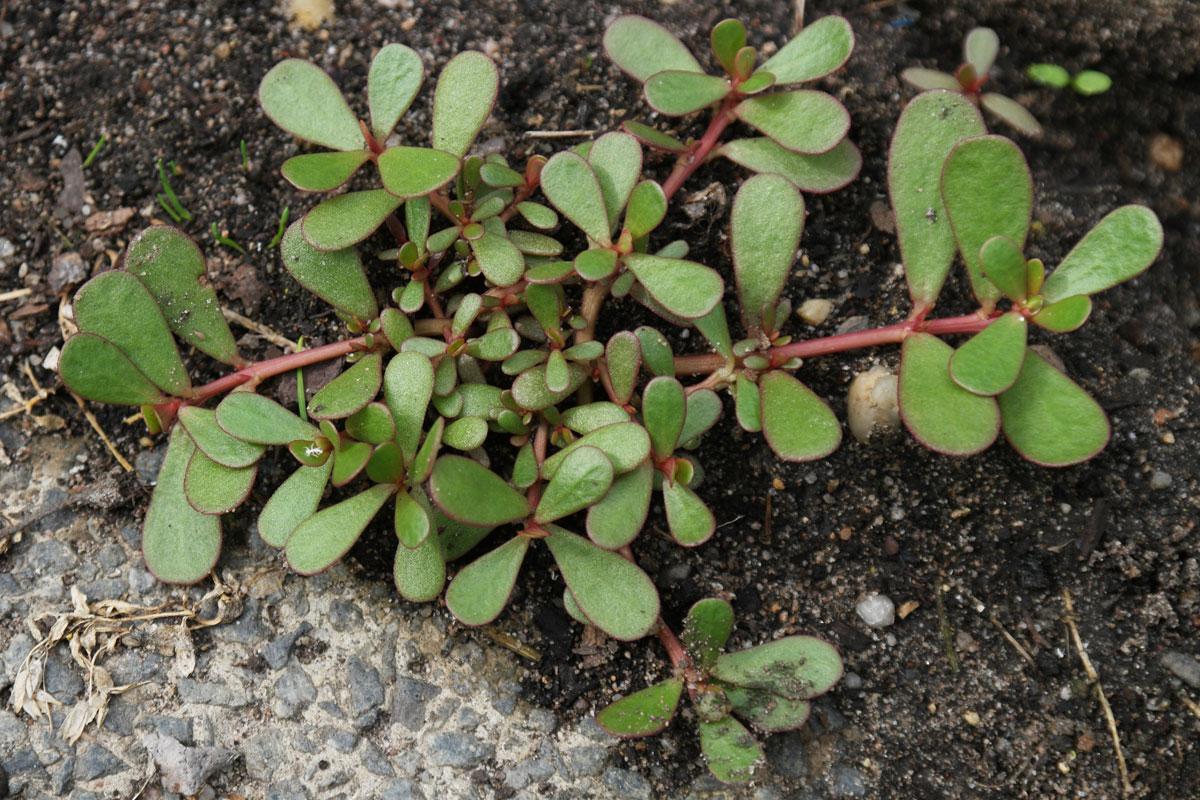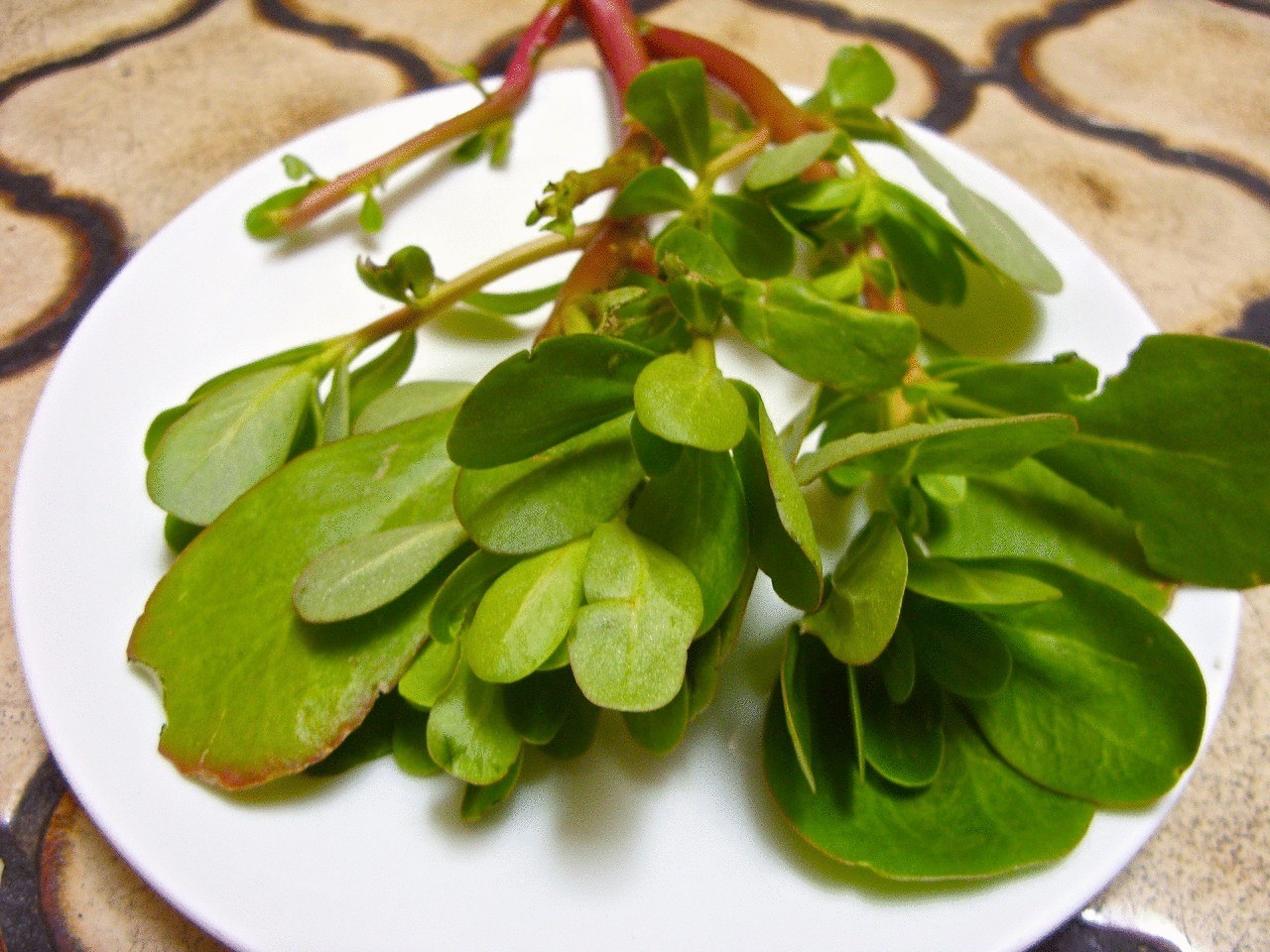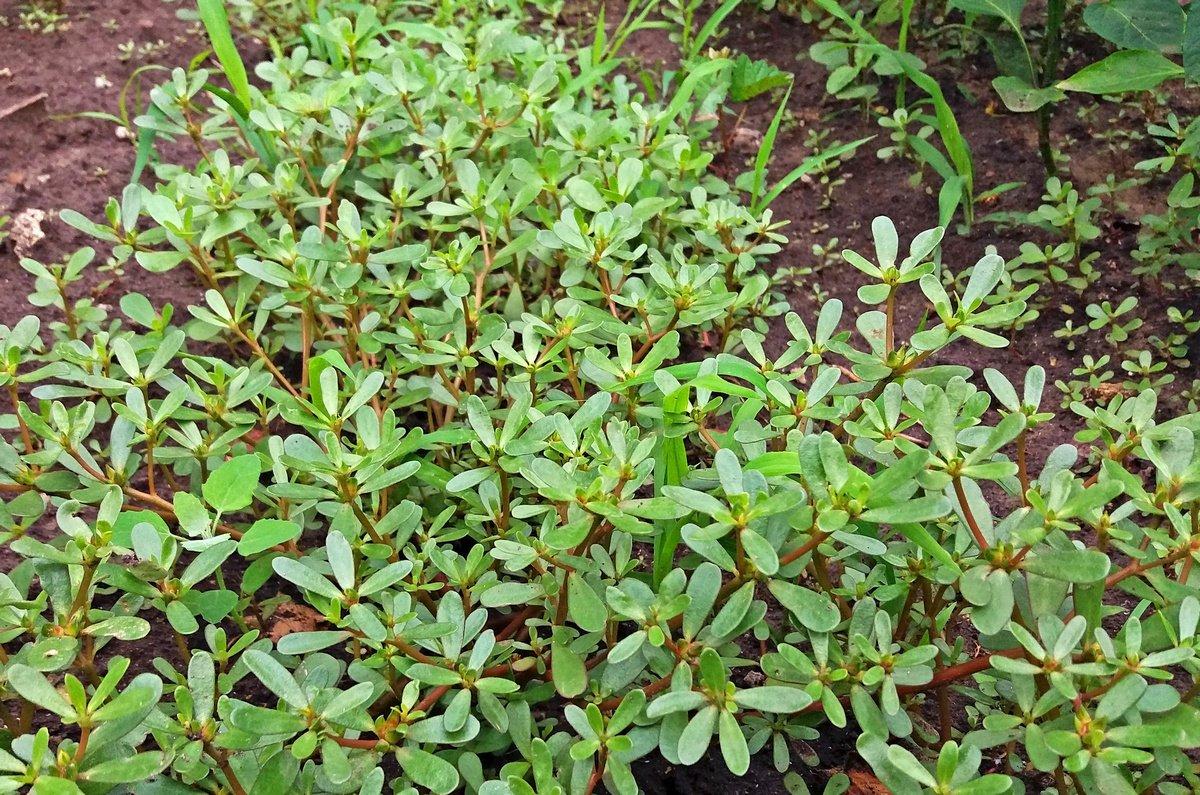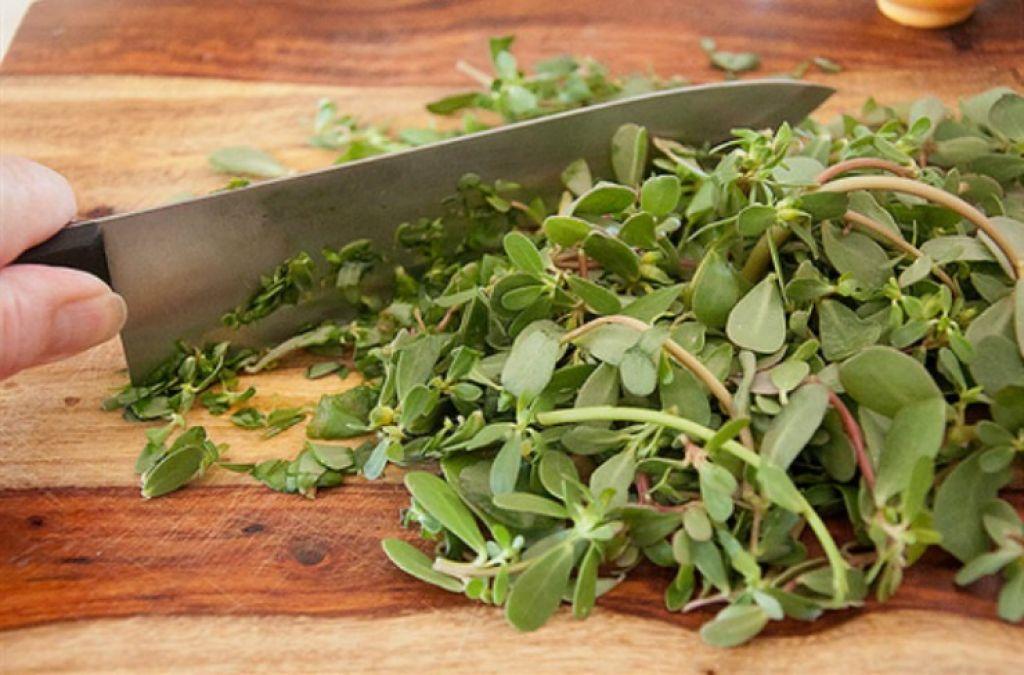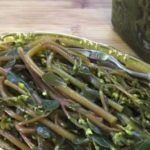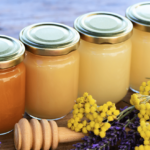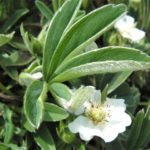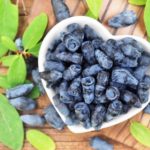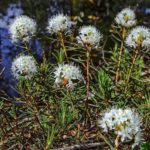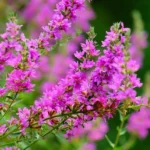The beneficial properties of purslane have been known for a long time. However, the plant was originally distributed mainly in Asian countries, where it is found in the wild. Purslane also grows in America. In Russia, it used to grow in the south and the Caucasus, but as climate change has become more widespread. Today this culture is actively used in folk medicine.
What it is
Purslane is an annual plant that has pronounced medicinal properties. Its flowering lasts from June to September. The culture is most often found in damp areas - on the banks of lakes and rivers. It can also be seen in wetlands. Recently, purslane is increasingly grown in garden plots and vegetable gardens, especially when they are located in lowlands.
What does the plant look like?
Garden purslane is characterized by creeping or semi-erect green stems with a reddish tint. Their length can reach 50-70 centimeters. The plant has fleshy, obovate-shaped leaves, which are arranged in pairs.
The color of the foliage depends on the soil moisture and can be bright green or darker. The culture has white or yellow flowers that decorate the bushes throughout the summer. Then boxes filled with seeds appear.
Plant composition
The plant includes the following components:
- carbohydrates – in particular, glucose, fructose, maltose, sucrose;
- proteins;
- glycosides;
- vitamins E, PP, K, C;
- minerals;
- alkaloids;
- micro- and macroelements - the culture contains magnesium, calcium, iron, zinc, sodium;
- carotenoids - these include beta-carotene and lutein.
According to research, purslane foliage contains dopamine and norepinephrine. At the same time, the seeds of the plant contain unsaturated fatty acids - palmitic, oleic, linoleic. They also include cellulose and starch.
Beneficial features
The healing properties of purslane have been known since ancient times. Thanks to its vitamin C content, the plant ensures the absorption of iron and restores the normal content of red cells in the blood. The plant also improves the condition of vascular walls.
Macroelements at the cellular level help maintain normal balance of water and electrolytes. In addition, they ensure stabilization of the conduction of nerve impulses. In addition, the plant normalizes the functions of the heart muscle and helps avoid magnesium deficiency, which leads to hypertension.
Purslane is characterized by a complex effect on the body. The plant has the following properties:
- diuretics;
- antitoxic;
- restorative;
- vasodilators;
- sedatives;
- immunomodulatory;
- laxatives;
- antibacterial;
- anthelmintic.
Against what ailments
Purslane is characterized by a very wide range of actions. It is used to combat the following pathologies:
- mild form of diabetes – the plant helps reduce blood sugar levels;
- neurodermatitis and psoriasis – the culture should be used in the form of lotions;
- urolithiasis disease;
- cystitis - decoctions and infusions of the culture have an anti-inflammatory effect;
- conjunctivitis - a water infusion of purslane can be used to wash the eyes;
- atherosclerosis – amino acids contained in the plant promote the breakdown of fats and prevent the accumulation of cholesterol;
- bleeding gums - in this case it is worth using decoctions of the plant;
- bronchial asthma;
- dysfunction of the digestive organs, dysbacteriosis, flatulence;
- arterial hypertension;
- arrhythmia;
- sleep disorders;
- increased irritability;
- helminthic infestation.
Where else is purslane used?
The healing properties of the plant allow it to be used to lose excess weight. The culture is also actively used in cooking and cosmetology.
Diet
The plant helps to quickly lose weight. This is due to the high content of vitamins and a large number of active components in the composition.Thanks to this, the plant effectively improves the functions of the digestive organs.
You should include fresh purslane in your diet by adding it to salads. This product reduces headaches, normalizes metabolism and eliminates excess weight. In addition, a low-calorie salad with the addition of purslane has a diuretic effect. This dish cleanses the tissues of excess water, and also removes waste and toxins from the body.
Cosmetology
In cosmetology, purslane is mainly used for skin and hair care. Thanks to the use of the product, it is possible to reduce inflammation and get rid of acne. To make a medicinal mask, mix the leaves of the plant, sour cream and cottage cheese in equal parts. It is recommended to keep the resulting mass on your face for 15 minutes.
For severe inflammation in the summer, it is recommended to wipe the face with cut leaves. In winter, you can use an infusion of a dried plant. To prepare it, 3 tablespoons of raw materials must be mixed with 200 milliliters of water and 1 tablespoon of vodka.
To improve the condition of your hair, you should prepare a composition based on 2 tablespoons of herbs and 200 milliliters of water. Hair should be washed and the filtered mixture should be rubbed well into the skin. This will help eliminate the burning sensation, improve the appearance of hair and prevent hair loss.
Cooking
Purslane is characterized by juicy and fleshy leaves. The plant has a slightly acidic taste. In addition, greens have a pleasant vegetable aroma. It can be added to salads, mixed with garlic arrows and spices. This dish can be an excellent side dish for meat.
Purslane is also cooked with onions, tomatoes and eggs in a frying pan.In addition, the plant can be used to make pancakes or cutlets. It is added to cereals and vegetables.
Cooking methods
A variety of medicinal compositions can be prepared from purslane. These include the following:
- Infusion - suitable for external use for psoriasis or skin lesions. To prepare this remedy, you need to take 1 tablespoon of chopped herbs and mix with a glass of boiling water. Leave to infuse for 1.5 hours. Take 2 tablespoons 4-5 times a day.
- Tincture is considered a universal remedy that can be used for sleep disorders, kidney or liver diseases and other pathologies. To make the composition you need to take 1 tablespoon of plant material and 200 milliliters of alcohol. The components must be placed in a dark glass container and left for 3 weeks. Then the product must be filtered and stored in a cool place.
- Decoction – this remedy has pronounced diuretic and choleretic properties. To make a decoction, you need to take 1 tablespoon of chopped plant material and pour 250 milliliters of boiling water. Cook the mixture for 10 minutes, then remove from the stove and leave for another 2 hours.
Contraindications
The drug should not be taken in the following cases:
- chronic pathologies of the kidneys and liver;
- lactation;
- low blood pressure;
- increased hemoglobin;
- epilepsy.
Useful tips
In order for the use of the plant to have an effect, it is important to follow the basic recommendations:
- strictly adhere to the dosage;
- collect grass with shoots 20-30 centimeters long;
- The seeds of the plant can also be used for medicinal purposes;
- It is recommended to dry the grass at a minimum temperature.
Purslane is a healthy plant that contains many valuable vitamins and minerals.Therefore, greens help treat many diseases and help strengthen the body.


